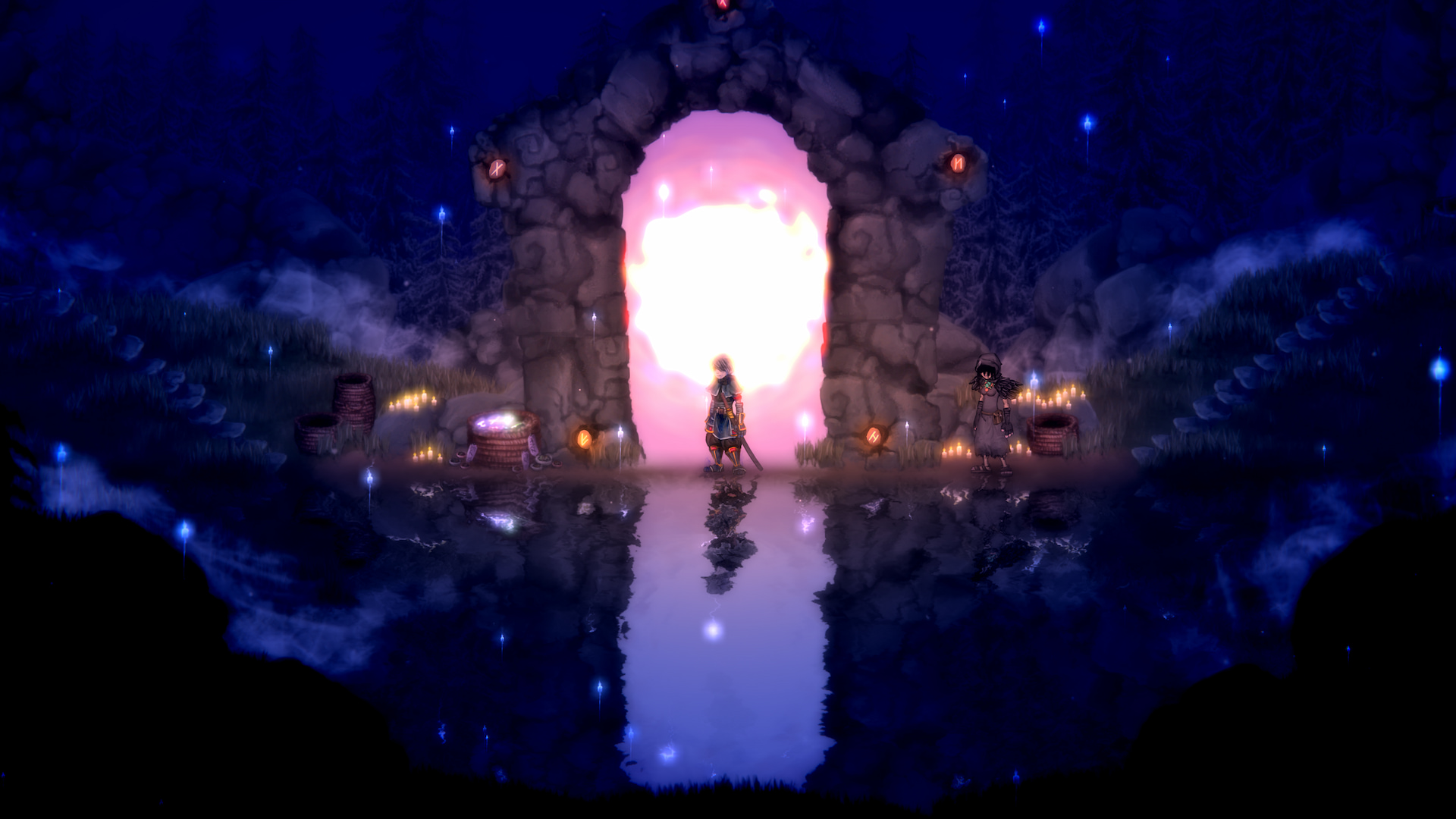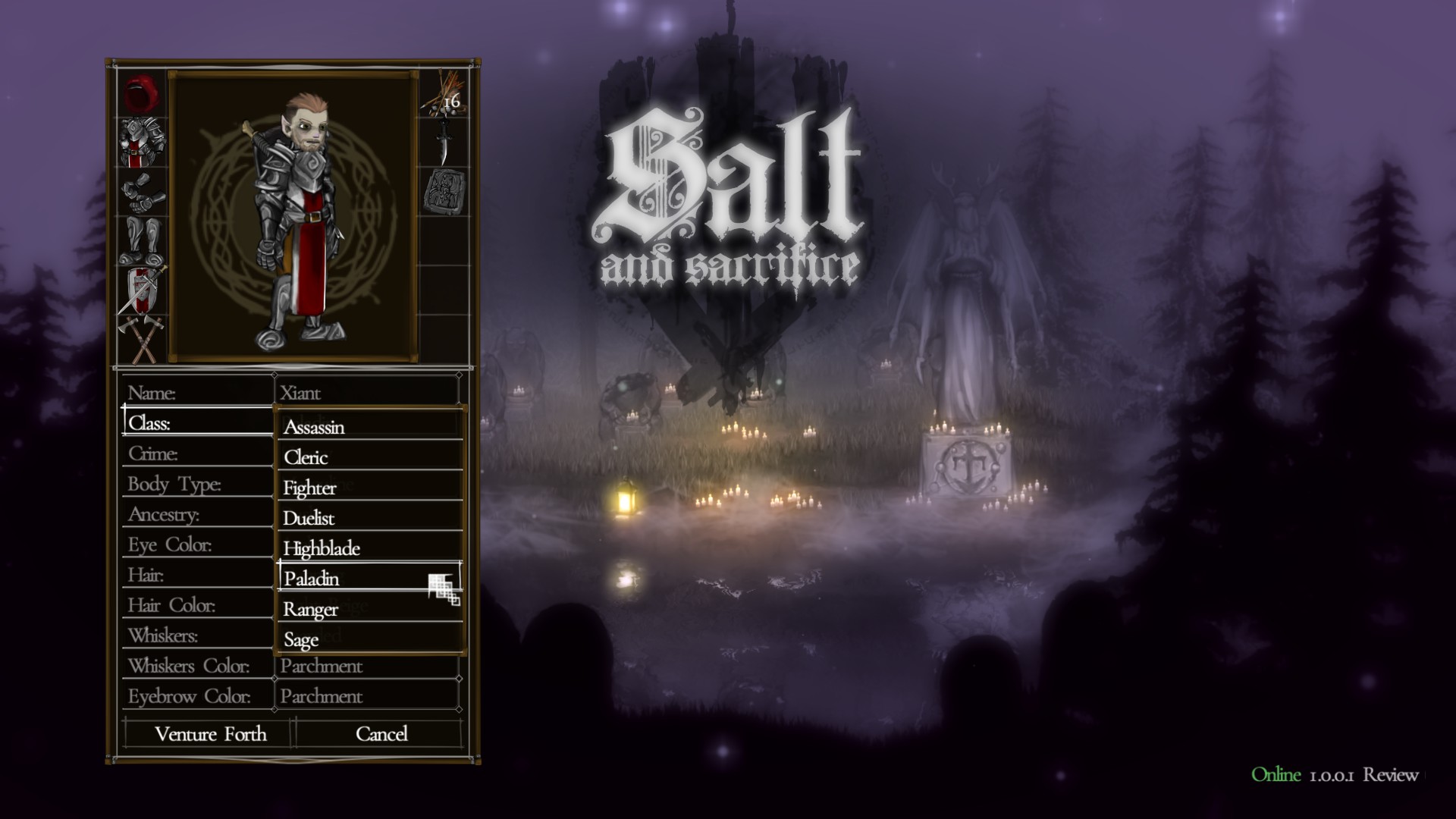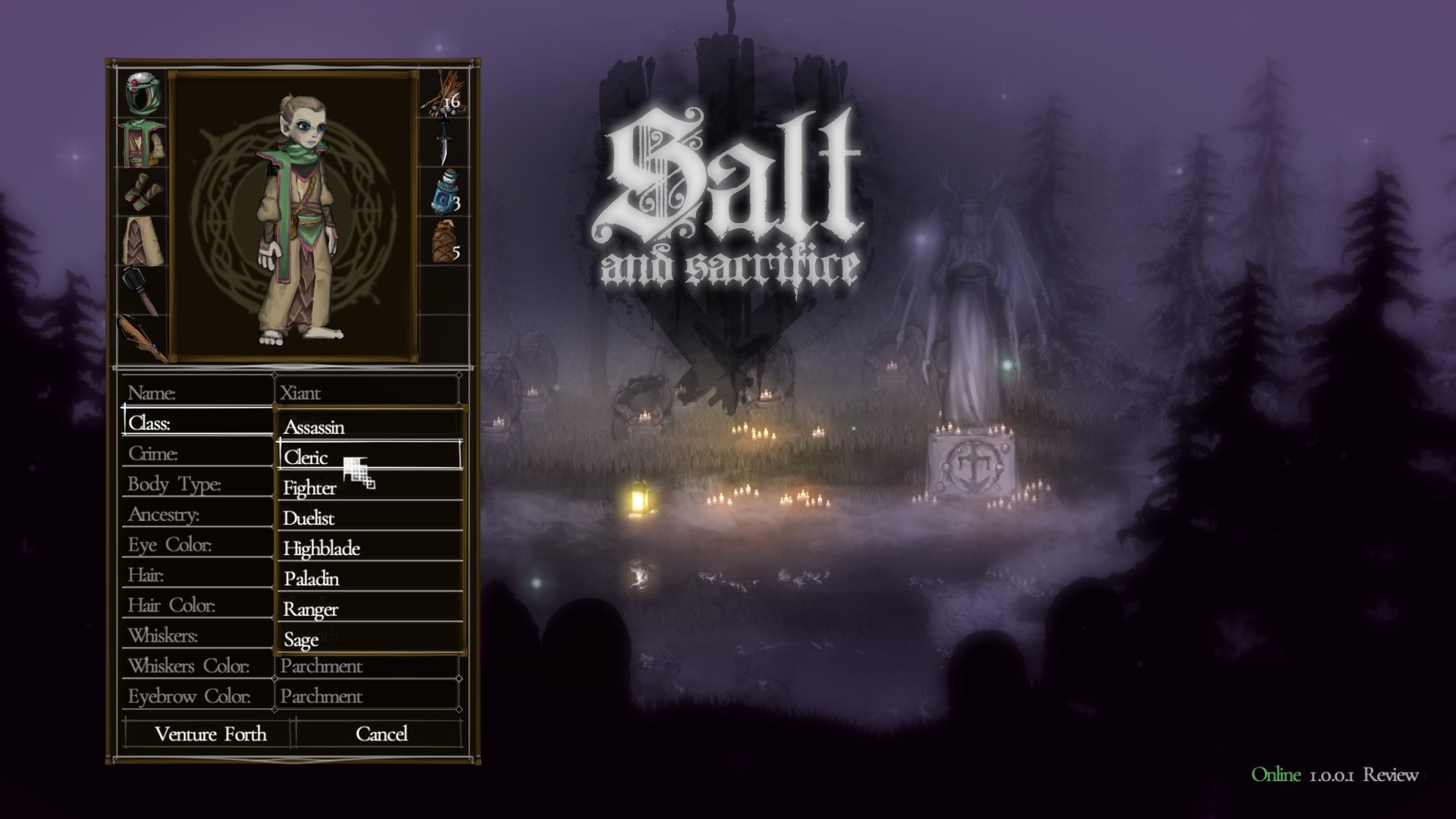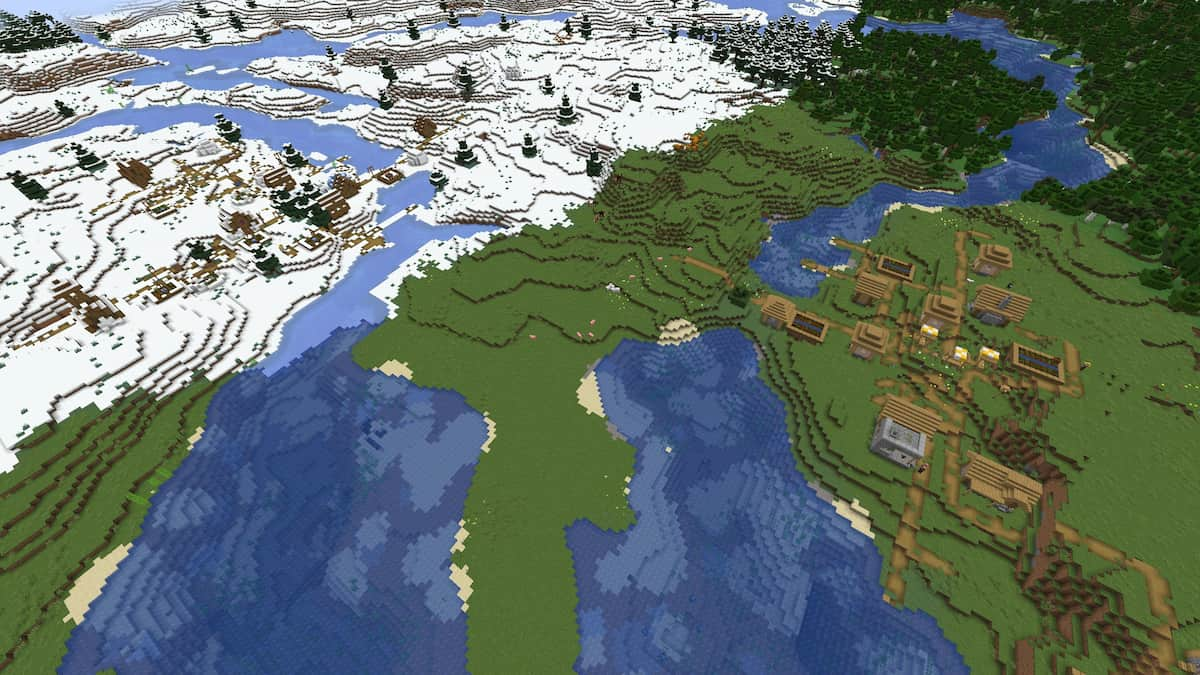There are eight starting classes in Salt and Sacrifice, and depending on your expertise with the genre, some options are better than others. New players unfamiliar with Souls-likes should gravitate to certain classes, experienced players another.
We’ll talk about the starting classes for both types of players, what you get when you choose them, and who does what.
The Best Starting Classes in Salt and Sacrifice
As with most Souls-likes, there are better starting classes than others for specific builds, but you’re perfectly within your rights to pick any of them. Starting as Sage or Fighter might make certain fights more difficult and others easier, but with enough time and investment, a first playthrough can begin with any of them and do fine. The choices listed below are optimal for specific skill levels or make the game easier overall.
The Best Starting Class for New Players: Paladin
The Paladin starting class is perhaps the best choice for anyone who wants a straightforward first playthrough. There are three main reasons:
- First, the Paladin comes equipped with a Vanguard-class weapon, otherwise known as a sword and shield. Their shield negates 95% of incoming physical damage and has good elemental resistance. The sword has one of the fastest attack speeds in the game and one of the best combo strings, whether in the air or otherwise.
- Second, you have easy access to heavy armor, Vitality, Endurance, and Strength. The more Vitality you have, the higher your health. The more Endurance, the heavier the armor you can wear. There are a few nearby nodes on the Tree of Skill with the Will stat, which buffs your total Stamina. While the base Vanguard weapon for the Paladin isn’t the best in the game by any stretch, it does scale well enough with Strength, so your damage output won’t be lacking until at least the third zone.
- Third, the Paladin’s Vanguard weapon has a Runic Art that buffs its damage by 20% for about 10 seconds. The animation isn’t very long, and you get two casts at full Rage.
If you wear the full Paladin armor set or anything else in the Heavy Armor category, you won’t roll far or fast unless you heavily invest into Endurance, but there’s plenty of it close to the Paladin’s starting skill node.
Provided you don’t branch into any of the skills on the other side of the grid, you’ll only need to be level 30 or so before you have more than enough damage and survivability to take on any of the challenges Salt and Sacrifice can throw at you.
The Best Starting Class for Experienced Players or a Second Playthrough: Cleric
The Cleric might not have many up-front advantages like the Paladin does, as it starts near the bottom portion of the skill grid. The difference, however, is how much access the Cleric has to the parts of the grid the Paladin has to spend at least five points to reach.
As a Cleric, you’ll start with access to Forbidden Glyphs, a Mace with a healing Runic Arc, and the ability to spec into almost any build in the game for minimum investment. This is thanks to the Cleric’s starting node being centrally located on the grid.
Almost every other class starts on the outer ring of the starting circle. The Cleric is on one of the inner nodes, opening up three paths: Staves, Rods, and Conviction weapons; Twindaggers and Dexterity weapons; and heavy armor, great hammers, and Strength.
The Cleric will have a little trouble getting access to Vitality and Endurance, as most of those nodes are directly opposite its starting point. You won’t need as much health starting if you start as Cleric on a second playthrough. You will want to invest in Vitality after about level 20, however. Wait much longer, and you’re bound to be one or two-shot by any enemy you encounter.
Those are the two best starting classes in Salt and Sacrifice but know that they are viable for any player with enough grit and patience. For more on the game, our review goes over the good and the bad, and we discuss Runic Arts in more detail in our guide on the matter. Our Salt and Sacrifice guides hub is also growing, so check it out while you’re here.









Published: May 11, 2022 07:36 pm